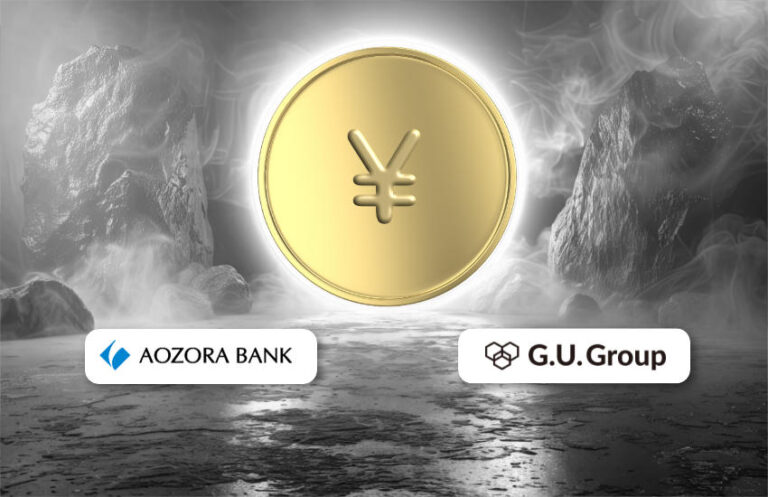Japanese startup Gu Group has announced that it has signed a memorandum of understanding with Aozora Bank to “consider” issuing a stablecoin. There are three different types of stablecoins in Japan, and banks can issue two of them. Either a deposit token or a trust-based stablecoin where assets are ring-fenced and held on behalf of the issuer. This agreement concerns a trust-based stablecoin. In addition, Aozora also invested 150 million yen ($1 million), bringing the total amount of Gu Group to 1 billion yen ($6.7 million).
Gu Group is the founder of Japan Open Chain, an Ethereum-compatible public blockchain where nodes are operated by companies. Validators include Sony subsidiary Corgear, NTT Docomo, Dentsu, and Fukuoka Financial’s digital bank Minna no Bank.
One of Gu’s subsidiaries has developed Gu Coin Studio for the issuance and distribution of stablecoins, designed to link to existing accounting systems.
Gu previously conducted stablecoin trials with three small banks that are testing blockchain: Minna no Bank, Tokyo Kiraboshi Financial Group, and Shikoku Bank.
Aozora Bank also has other indirect digital currency interests. GMO Aozora Net Bank is the first bank to join the DCJPY initiative, a Japanese tokenized deposit platform, launched in late August. Aozora owns half of the shares in GMO Aozora Net Bank, and its partner GMO is an investor in DCJPY’s founder, D-Carret.
Meanwhile, one of the most interesting efforts into stablecoins from Japan was the recent announcement by Progmat Coin that Japan’s three largest banks will use stablecoins for cross-border payments. Rather than having clients use wallets, clients initiate payments in traditional ways, and banks use stablecoins behind the scenes.
Ledger Insights Research has released a report on tokenized deposits, bank stablecoins, and DLT payments.


